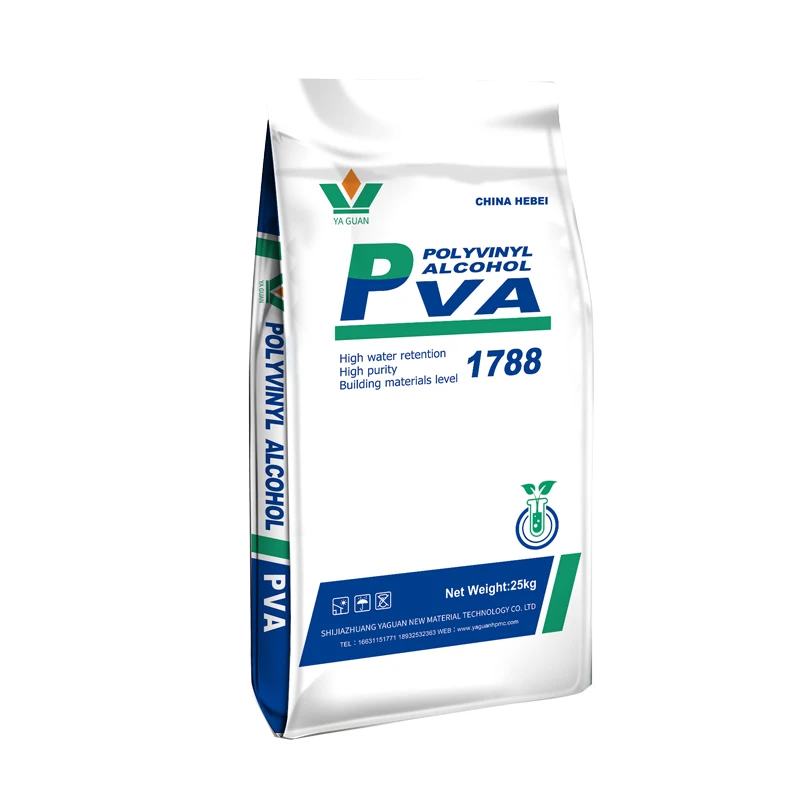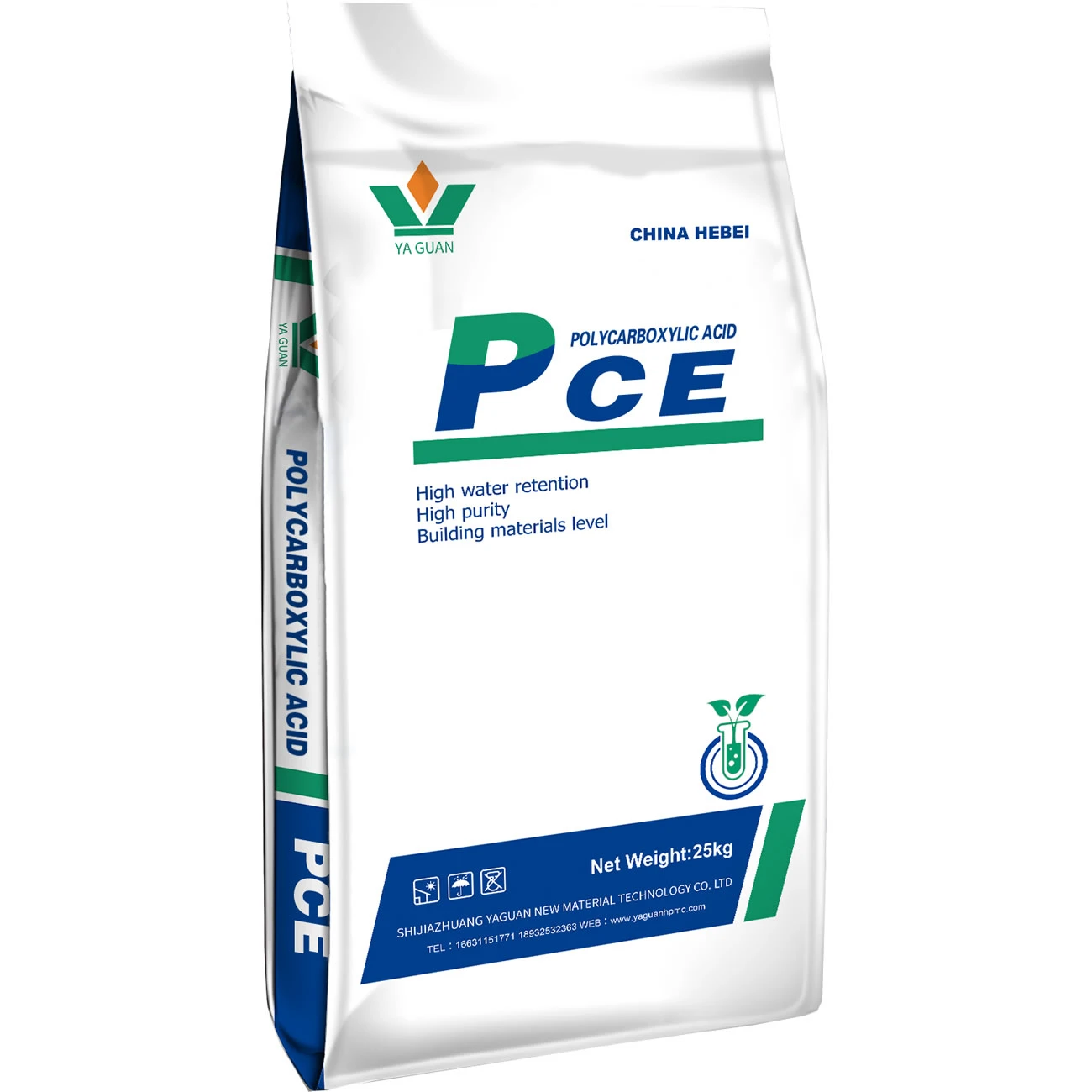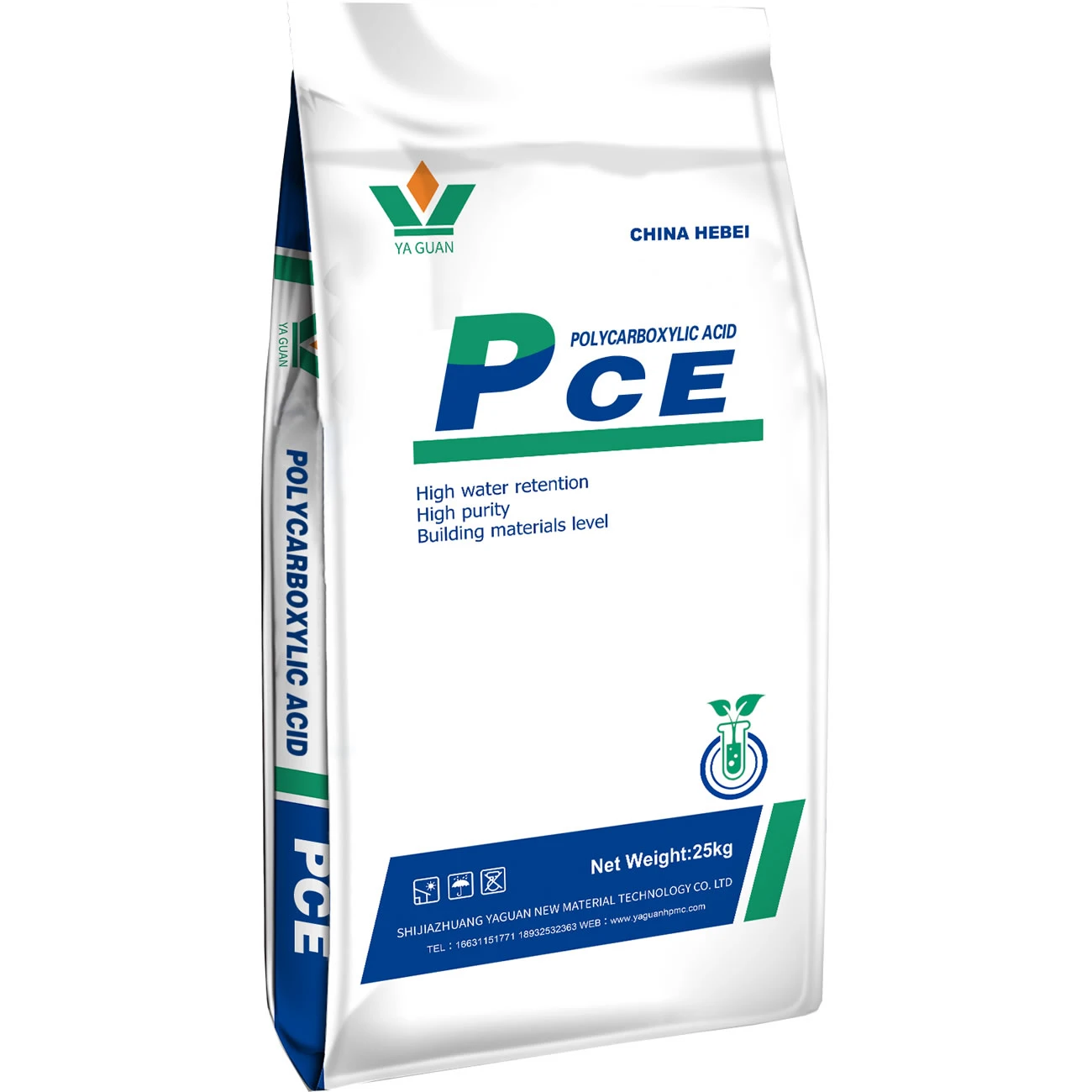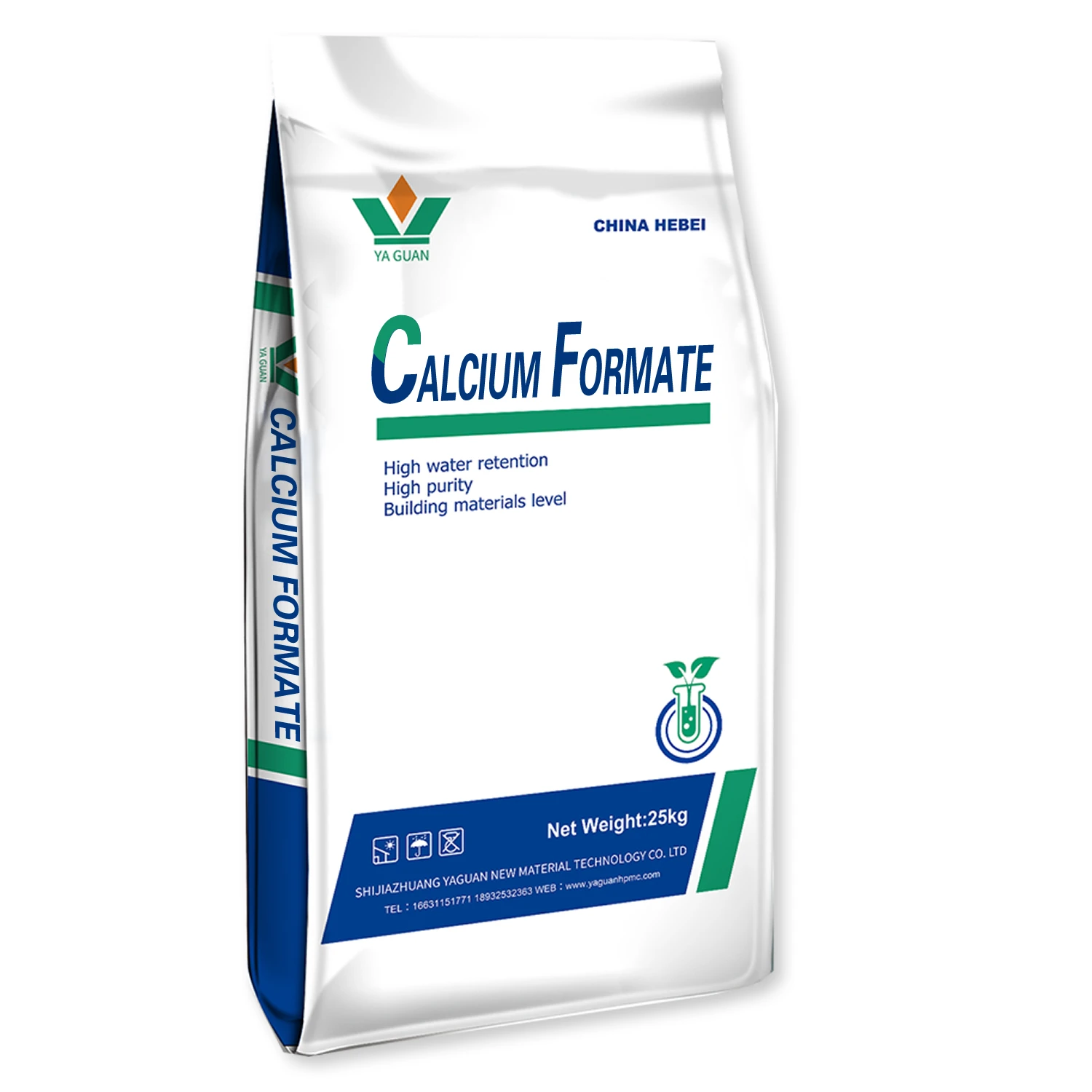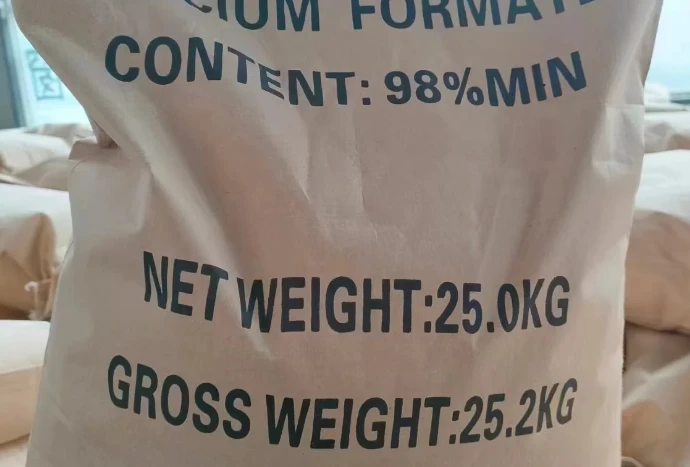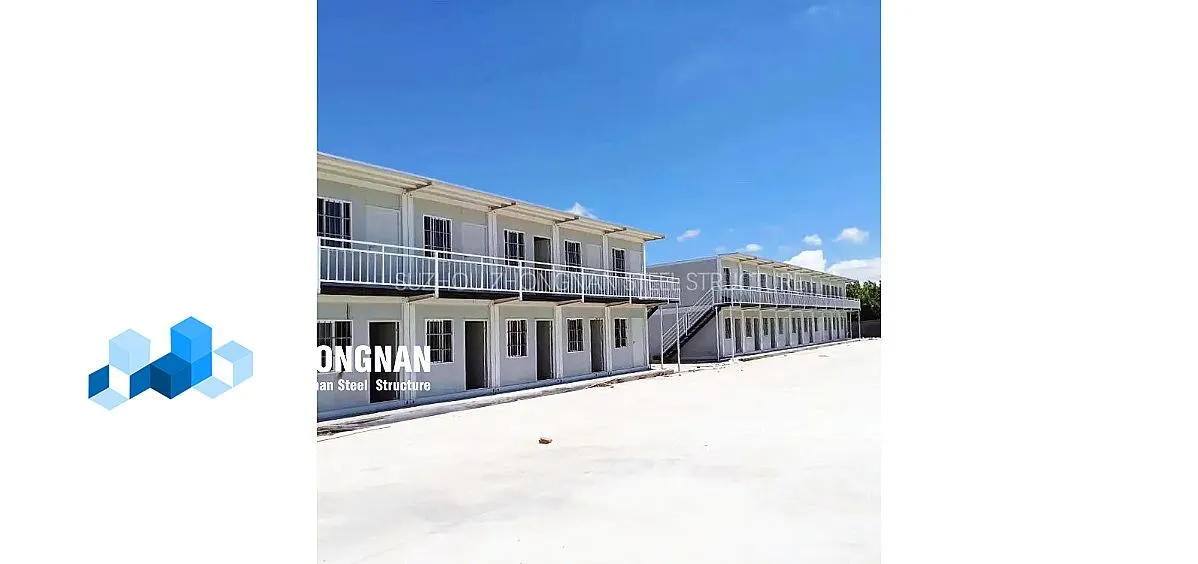
- Introduction to Cas No 9004 65 3: Definition and Importance
- Chemical Properties and Data Sheet Overview
- Technical Merits and Unique Advantages
- Comparative Table: Suppliers and Manufacturers Analysis
- Customization Options and Innovative Solutions
- Application Case Studies Across Industries
- Conclusion: The Impact and Outlook of Cas No 9004 65 3

(cas no 9004 65 3)
Introduction: Understanding Cas No 9004 65 3 in Modern Industry
Cas No 9004 65 3, often referenced as 9004 65 3 cas or cas 9004 65 3, stands as one of the most versatile polymers used across various sectors. The demand for this substance has increased steadily with the rise of requirements for high-performance, safe, and biodegradable excipients in pharmaceuticals, food, and industrial processes. This compound is widely acknowledged under its common name, Hydroxypropyl Methylcellulose (HPMC), which is an essential component in myriad formulations. The global production and consumption for Hydroxypropyl Methylcellulose exceeded 250,000 metric tons in 2023, demonstrating its crucial presence in international supply chains.
Chemical Properties and Data Sheet Overview
At its core, the cas number 9004 65 3 refers to a non-ionic cellulose ether, with a typical molecular formula of C18H38O14n and varying degrees of substitution. It exhibits a white or off-white fibrous powder appearance, is odorless, and dissolves readily in cold water, forming clear to slightly opalescent solutions. The viscosity ranges vary from 3 to 100,000 mPa·s (measured in 2% solution at 20°C). With pH stability in the range of 4.0–8.0, it demonstrates excellent chemical resistance and stability towards salts, acids (diluted), and alkalis.
The detailed data sheet can be summarized as follows:
- CAS No.: 9004-65-3
- Molecular Weight (approx.): 86,000 – 120,000 Da
- Solubility: Soluble in cold water, insoluble in hot water and most organic solvents.
- Moisture Content: ≤5%
- Viscosity Grades: 3–100,000 mPa·s (customizable)
- Heavy Metals: ≤10 ppm
Technical Merits and Unique Advantages
Hydroxypropyl Methylcellulose, under cas number 9004 65 3, showcases outstanding technical advantages. Its primary benefits center on rheological control, film-forming abilities, water retention, and improved workability in both wet and dry environments. Its high biocompatibility and lack of toxicity are confirmed through repeated testing, complying with all major pharmacopeial standards.
For instance, in tablet coating formulations, HPMC at a usage level of 2–5% w/w enhances mechanical strength by 45–60% (relative to uncoated cores) and extends sustained-release profiles up to 12 hours. In food applications, its E number E464 designates it as a safe, non-GMO, gluten-free additive, supporting texture modification and emulsification. Moreover, the biodegradable nature of Cas No 9004 65 3 addresses the rising demand for environmental sustainability in consumer products.
Supplier and Manufacturer Analysis: Comparative Data
With demand surging globally, cas number 9004 65 3 is supplied by a wide array of manufacturers, each offering specialized grades tailored for diverse industries. Key technical factors that differentiate suppliers include purity level, sustainable sourcing, batch-to-batch consistency, global certifications (such as USP, EP, and JP), and available customizations. The competitive edge is often determined by production capacity, logistics, and after-sales support. The following table presents a comparison of major manufacturers:
| Supplier | Annual Capacity (MT) | Purity (%) | Pharma Grade Compliance | Customization | Lead Time (weeks) | Certifications |
|---|---|---|---|---|---|---|
| Dow Chemical | 30,000 | ≥99.0 | USP/EP/JP | Extensive | 3-4 | ISO, GMP, Kosher, Halal |
| Ashland | 28,000 | ≥98.5 | USP/JP | Moderate | 4-5 | ISO, GMP |
| Shandong Head | 46,000 | ≥99.2 | USP/EP | Broad | 2-3 | ISO, Halal, Kosher |
| Lotte Fine Chemical | 22,000 | ≥98.8 | USP/EP | Standard | 4 | ISO, Kosher |
| LOTTE BP | 25,000 | ≥99.0 | USP | Limited | 5-6 | ISO |
The above data highlights the clear differences in scale, grades, and specialization, emphasizing the importance of evaluating supplier capabilities for specific use cases.
Customization Options and Innovative Solutions
The market for cas no 9004 65 3
has evolved beyond standardized grades, with increasing requests for bespoke solutions. Major manufacturers offer customizable viscosity profiles ranging from 3 mPa·s (for injectables) up to 100,000 mPa·s (for coatings and adhesives), as well as modified particle sizes to suit advanced processing requirements.
Advanced technical services now enable the engineering of cas 9004 65 3 grades with specific methyl and hydroxypropyl substitution rates, optimizing performance in matrix tablets, eye drop formulations, or food gels. For construction, tailored water retention values can be achieved, amplifying hydration by up to 40% in specialized mortar applications. A growing trend is incorporation of environmentally friendly technologies, such as bio-based or low-carbon HPMC, to reduce ecological impact and align with stricter sustainability directives from global brands.
Application Case Studies Across Industries
Cas number 9004 65 3 is utilized across a spectrum of industries, providing unmatched consistency and performance. The pharmaceutical sector employs HPMC for tablet binding, sustained-release formulations, and capsule shells, accounting for nearly 32% of its total application.
In construction, HPMC is deployed in tile adhesives, self-leveling compounds, and cement renders—improving water retention by up to 60% and workability by 35%. The food industry leverages its thickening, emulsifying, and stabilizing properties in dairy products, sauces, and gluten-free baked goods, which led to a 22% growth in HPMC utilization in this segment between 2021 and 2023. Personal care manufacturers incorporate HPMC for texture tuning in shampoos, lotions, and dental gels due to its non-irritant profile and film-forming capabilities.
As a global case study, a major multinational pharma company reported a 70% reduction in formulation variability by shifting to a USP-compliant HPMC grade, resulting in a 20% increase in annualized production capacity. Likewise, an Asian ready-mix cement supplier documented enhanced product stability and customer satisfaction through customized grades, directly boosting their regional market share.
Conclusion: Unlocking the Future Potential of Cas No 9004 65 3
In conclusion, Cas No 9004 65 3 represents a foundational component for numerous industries, offering technical precision, safety, and customizable performance. Its sustainability credentials, superior biocompatibility, and broad regulatory approvals position it as the go-to polymer solution for current and emerging needs. As manufacturers continue to innovate and tailor their offerings, the growth trajectory of 9004 65 3 cas will remain robust. This substance will persist as a vital driver for advancements in pharmaceuticals, food, construction, and beyond, underpinning product quality and regulatory compliance worldwide.
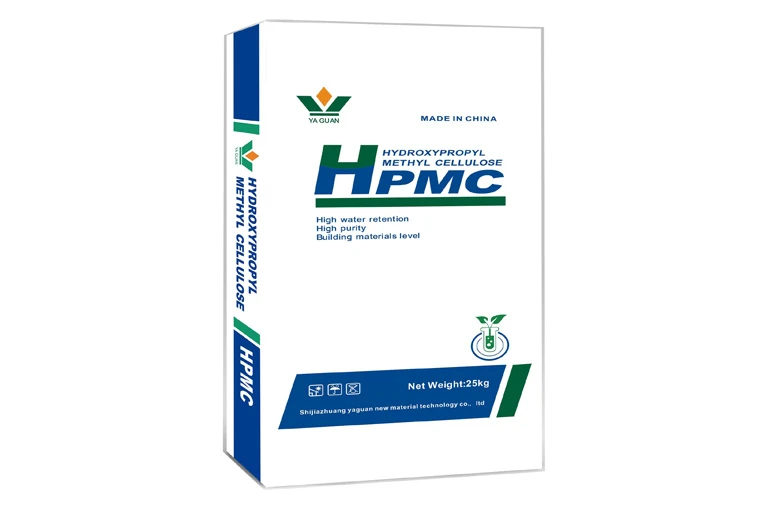
(cas no 9004 65 3)







